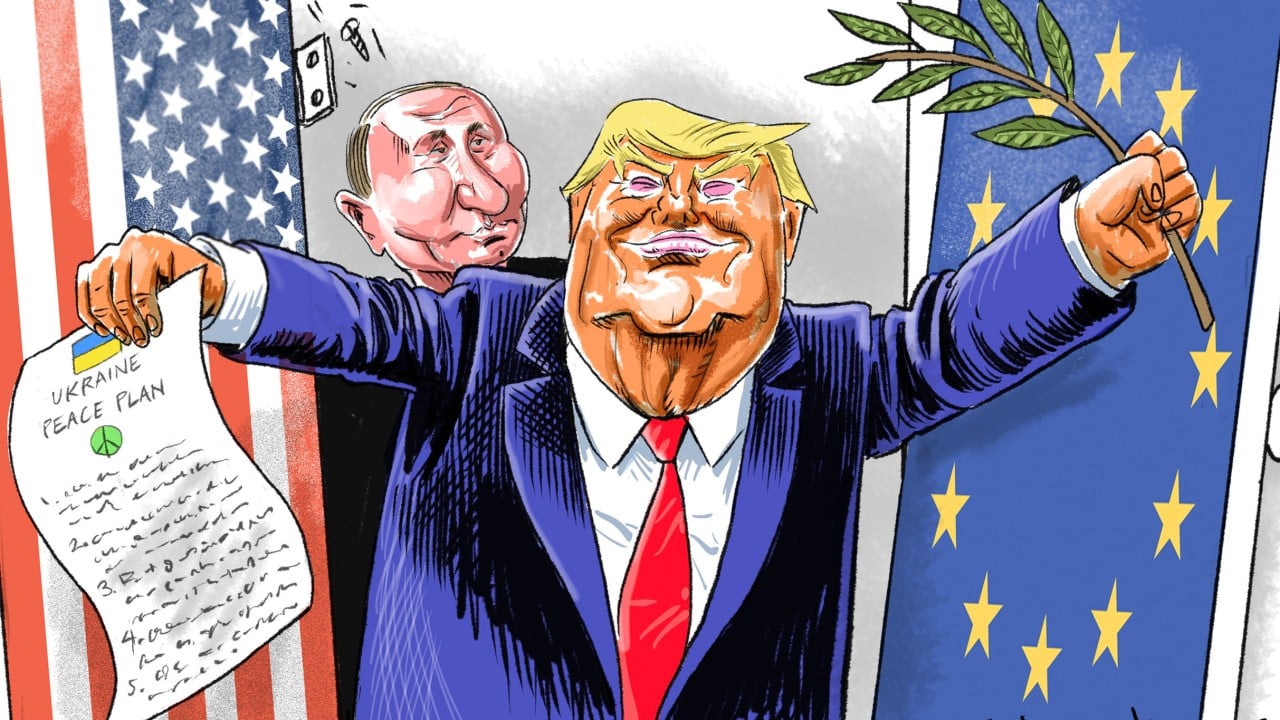After listening to US Vice-President J.D. Vance’s speech on the first day of the Munich Security Conference, European colleagues of mine expressed confusion, disappointment and concern. Vance barely mentioned specific policies about Ukraine. Instead, he seemed to lecture Europe on building democracy, protecting free speech and increasing defence spending.
Advertisement
As a participant in the Munich Young Leaders programme, I joined several discussions throughout the conference and sensed European concerns about the Trump administration and transatlantic relations. While Europe has braced for a second wave of the “Trump shock”, shifts in US policy have still caught many off guard.
Some European colleagues told me that Vance’s speech was not only directed at Trump’s political base but also at Europe’s right-wing forces. Others even suspected that the US was intervening in Germany’s coming elections.
Europe’s mindset toward the US appears to be undergoing a more lasting shift, placing transatlantic relations at a crossroads. Yes, the US and many European countries remain allies, but Europe is beginning to question whether Washington’s new policies will outlast Trump.
If so, this would signal a fundamental paradigm shift in US domestic politics and foreign policy – one that not only widens economic and security rifts between the two sides but also erodes their once-strong consensus on shared values. From a more immediate and pragmatic perspective, how the US and Europe respond to the Russia-Ukraine war will be a critical test for transatlantic relations.
Advertisement
The US, Russia, Ukraine and Europe each have distinct considerations and strategic objectives. Washington is pushing for negotiations, reduced aid and more security responsibilities from Europe. Moscow is likely to be focused on ensuring its geopolitical security, its interests regarding Nato’s eastward expansion and at least partial sanctions relief.

